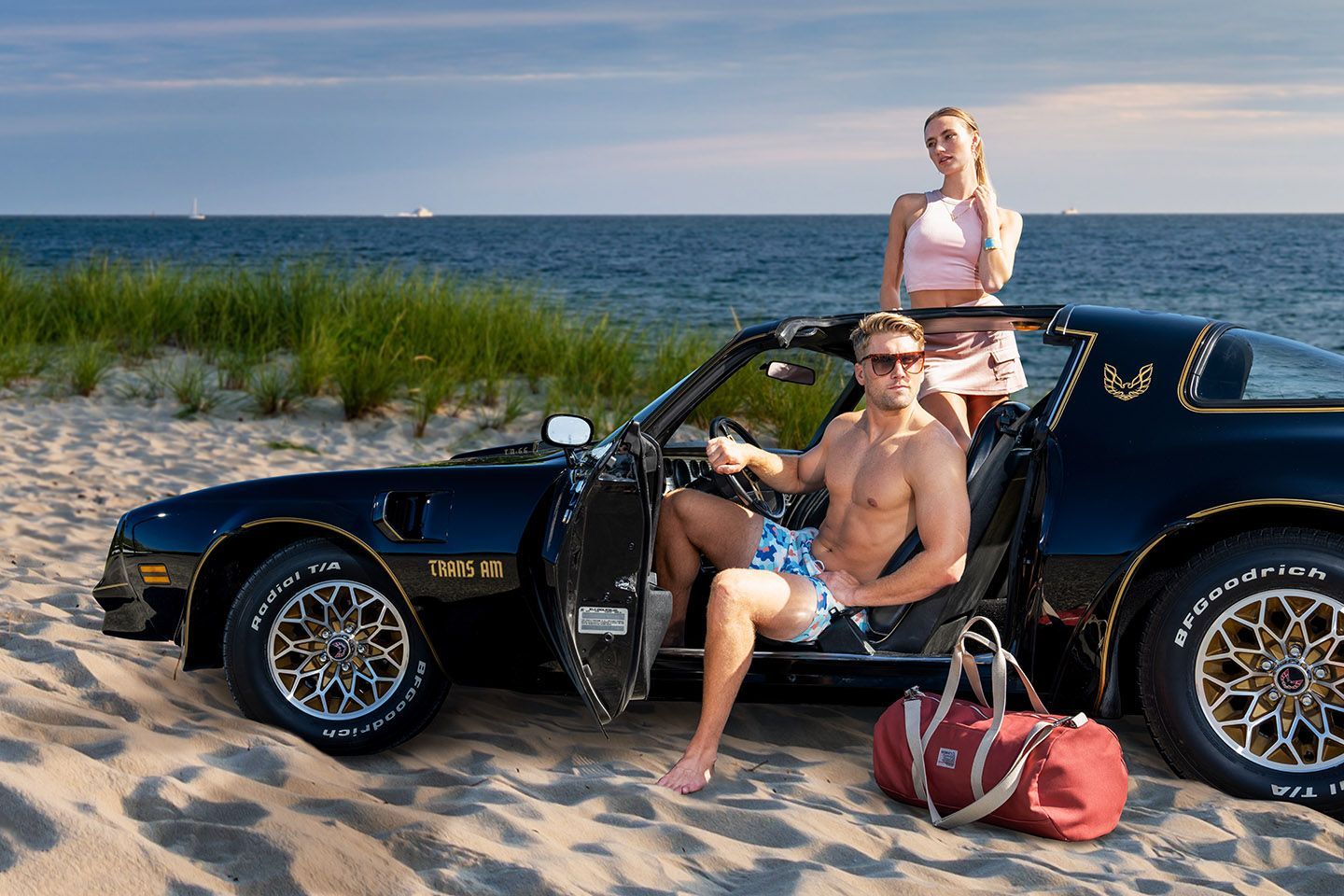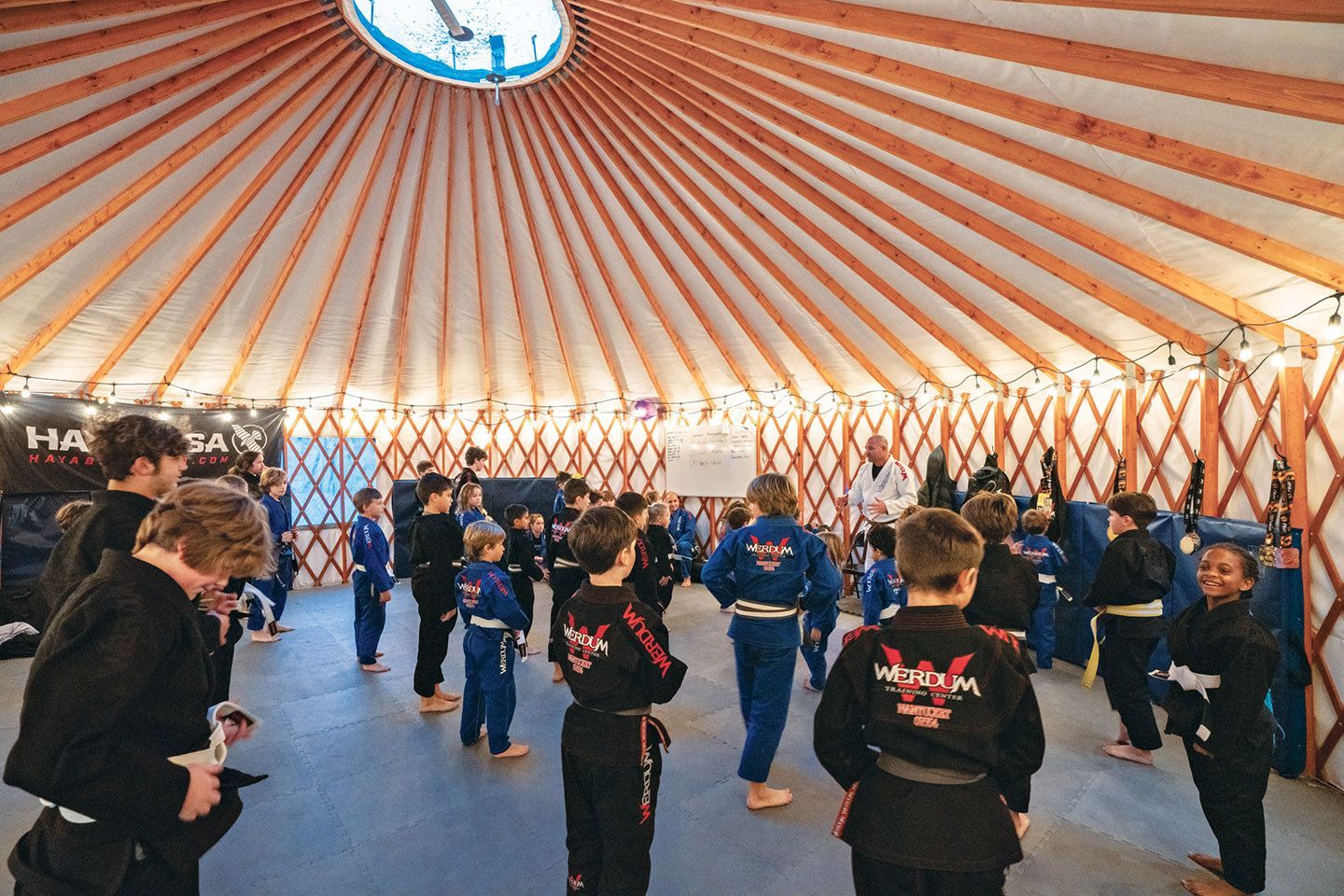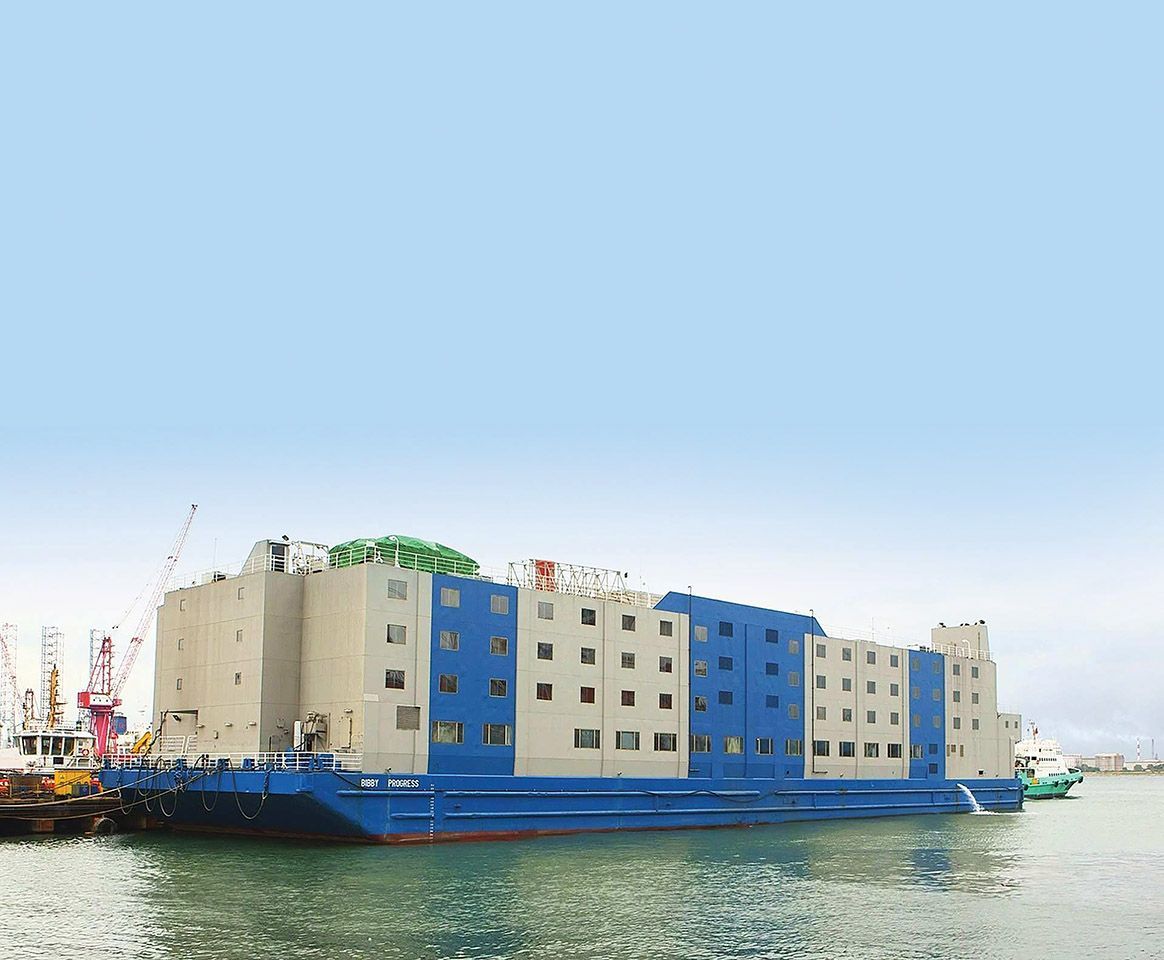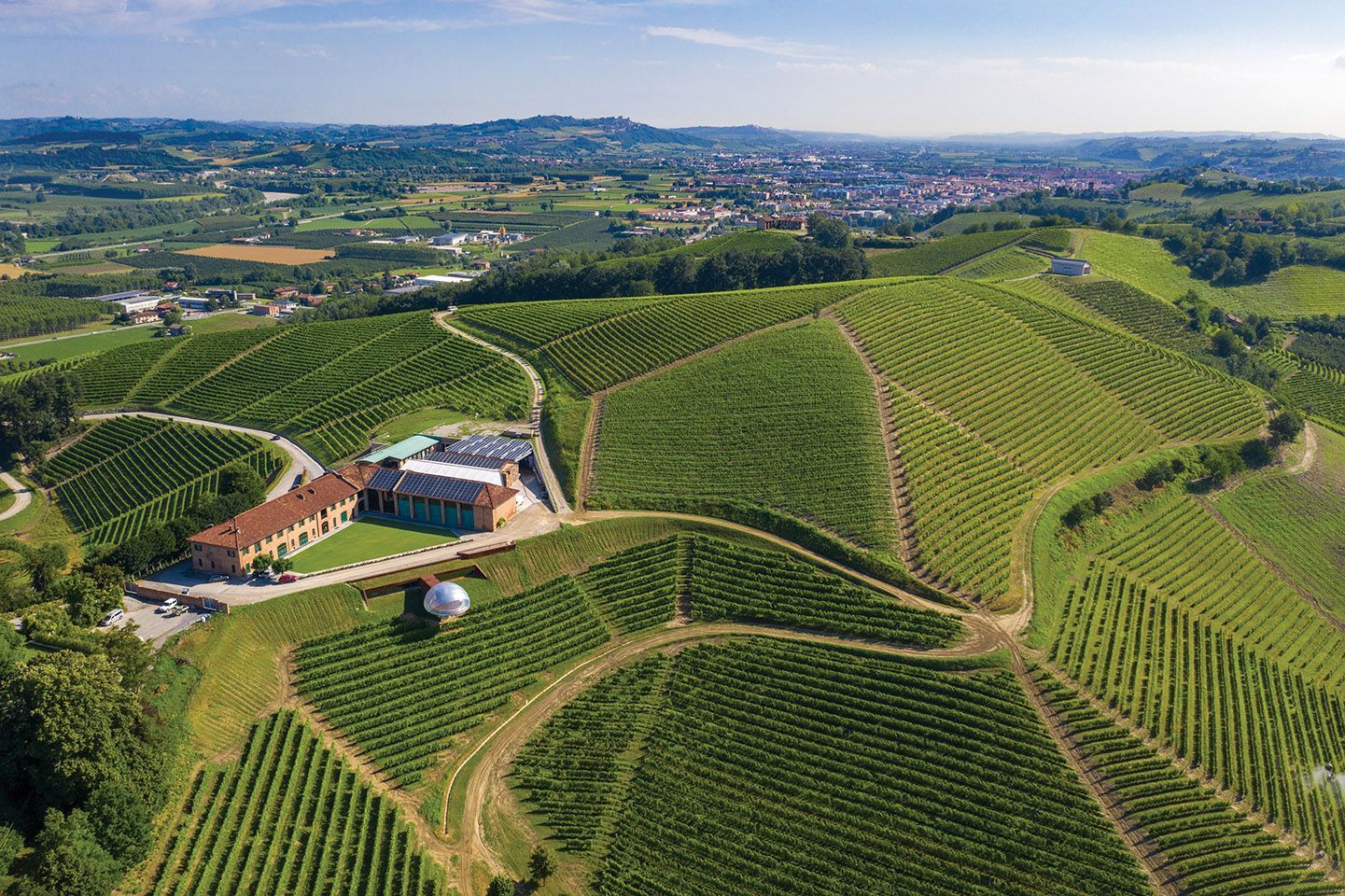CELEBRITY GARDENER
Tips from famed garden designer and Nantucket by Design luminary Wambui Ippolito.
interview by Robert Cocuzzo
Wambui Ippolito is not your grandmother’s gardener. The daughter of a Kenyan diplomat, Wambui grew up traveling around the world before landing in the United States where she blossomed into one of the most sought-after garden designers in the country. Martha Stewart and David Letterman are among some of the happy clients she has worked with, which also includes sports stars, media moguls and musical titans. On August 4th, Wambui will be bringing her worldly gardening expertise to the island as a panelist at the Nantucket Historical Association’s Nantucket by Design. Before her arrival, she dug into some questions.

How can a Nantucket gardener utilize some of the traditional staples such as Rosa rugosa and hydrangeas to create an outdoor space that feels distinctly different from the rest of the island?
To create a distinctly different space in line with the Nantucket aesthetic, I’d recommend using uncommon hydrangea species like the dwarf ‘Miss Saori’ in a small, contained mass planting, with a lot of negative space around them. Because it’s a small shrub, one can do a massed planting that doesn’t overwhelm and isn’t too exuberant. That way, one can enjoy it in its simple beauty, enjoy the house lines, the surroundings and the sky. Less “froth” really is best. I also recommend Hydrangea ‘Pink Ball.’ Both cultivars have hot colors and will stand out from the blues, however pretty, of the other varieties. Rosa rugosa is my favorite rose species though it can get unsightly and common looking. I like to plant a white R. rugosa in a sunny spot under a vigorous climber like ‘The Generous Gardener.’ If you do this and prune the white R. rugosa nice and tight for more blooms and keep it under ‘The Generous Gardener,’ you’ll love the look!
Fertilizer usage is a hot topic on Nantucket due to its impact on our harbor and our water supply. What recommendations do you have in creating a thriving garden while also protecting the surrounding environment?
Don’t spray your lawn and please use the clippings and fallen leaves for compost. Everyone should have a compost barrel tumbler in the back of their garden or in a shed into which they can add their organic vegetable kitchen and lawn waste. Use this in your garden and die in peace knowing you didn’t kill the fish or sully the ocean.
From what you know about the island’s traditional gardens, what changes or additions would you make to add some more excitement?
I think it would be great to add heirloom dahlia planters on the island’s streets. Just beautiful dahlias. Imagine walking down the roads and coming upon planters filled with different varieties of lovely, rare dahlias? There are so many beautiful heirloom dahlias. ‘Café au Lait,’ ‘Fashion Monger’ and ‘Nepos’ are some of my favorites. It would bring a lot of interest to the island. People would come for the beautiful gardens and to see the new dahlia cultivars in planters on the public streets and roads. It could be a whole new chapter in Nantucket’s life!
What’s a common mistake or misconception that amateur gardeners make?
Doing too much all at once. Just because it looks nice in a book or in your sister-in-law’s garden doesn’t mean it’s for you and must be planted right away. Start small. If you section out the garden into a grid and then work on one grid, then move on to the next over time and seasons, you’re more likely to end up with a beautiful harmonious space and not a jumble of well-meant ideas that went astray. A garden is a lifetime affair.
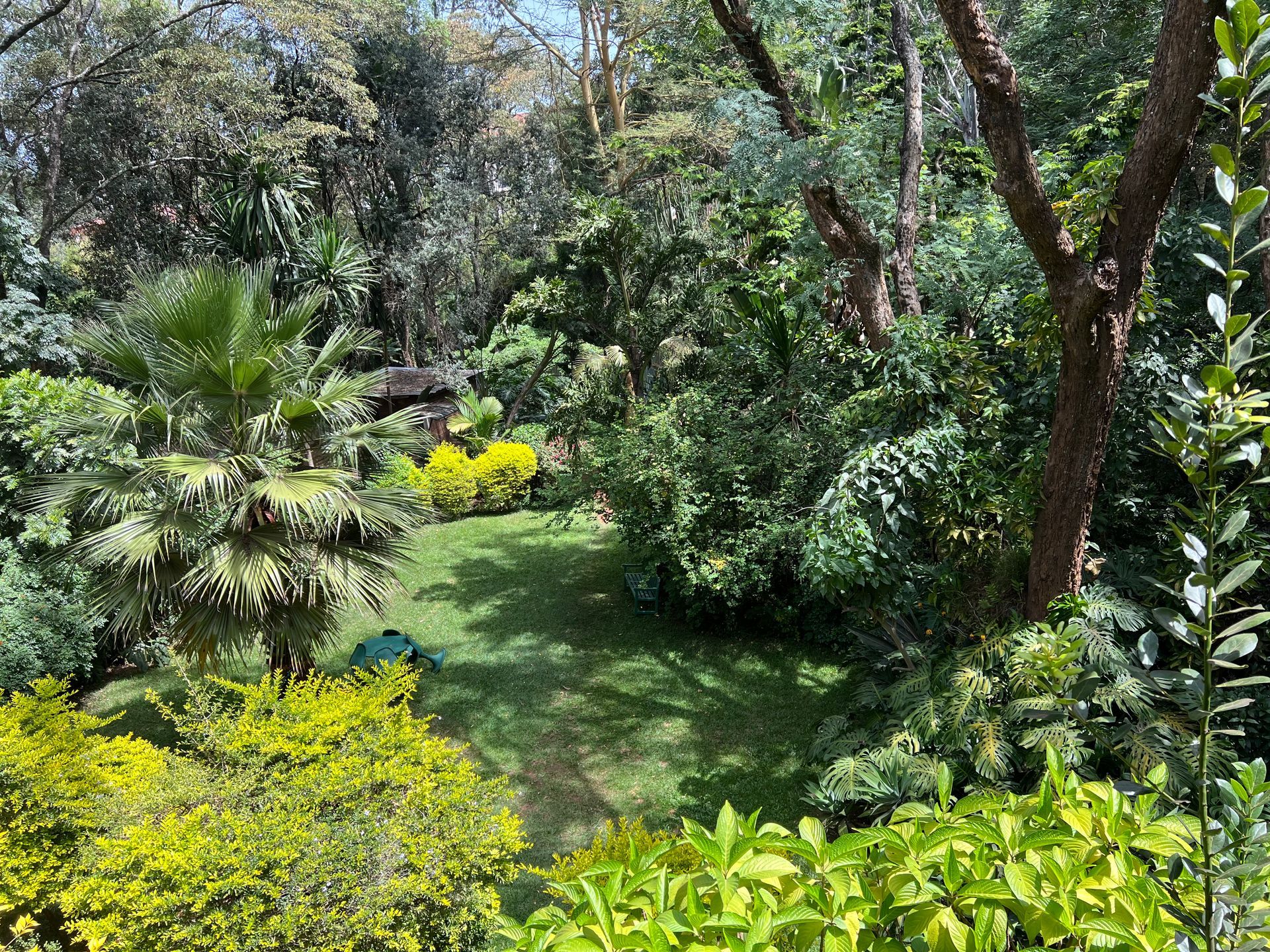
Can vegetables and flowers be integrated in the same garden/bed? How would you execute that?
Well, you can incorporate unusual vegetables like Crambe maritima or Crambe cordifolia, again two of my favorites. They are both from the cabbage family and very attractive in the garden, especially in early spring when their beautiful flowers appear and late fall with their silver-gray foliage. One hundred percent edible, uncommon in the garden, but vegetables nonetheless. Nasturtiums are also great and completely edible. I love to see them rambling all over the place in sunny “messier” gardens. Grow them over low walls or trellises and add them to your salads.
Do you have any surprising stories about working on David Letterman’s garden?
None whatsoever. It was a very calm, relaxed and happy time in my life. They were very nice to me there. The lead landscape architect designed a beautiful space and I loved working on the property. I was really into trees at the time and spent all my lunches looking at the many tree species on the property. Just the nicest people and best time that I recall fondly.

Did you learn any lessons from Martha Stewart that you continue to employ today?
What I loved about working in Bedford is that I was always learning something new. Martha is a bona fide horticulturist who knows her stuff through and through, and I recall that on my first morning, she walked in with about ten little containers of
Lathyrus odoratus
(sweet pea) seeds that she’d soaked overnight in buttermilk. I asked her why she’d soaked them and she said a friend had told her it was to loosen their seed coats. This I didn’t know. It was constant learning about plant care, different and exciting new cultivars, tons of new trees and so on. I’ve always been a learner and so it was great to work for a woman who herself is constantly learning and respects the same in others. When I saw her at the 2022 Perennial Plant Conference at Swarthmore College where we both lectured on different topics, we had a nice time laughing about the many
Carpinus
I planted when I first got to her property, and talking about the gardens and how they continue to mature under the great care of her gardeners.
I really learned a lot working for her and I’ve never stopped. It was an excellent way to start my career and horticulture life.
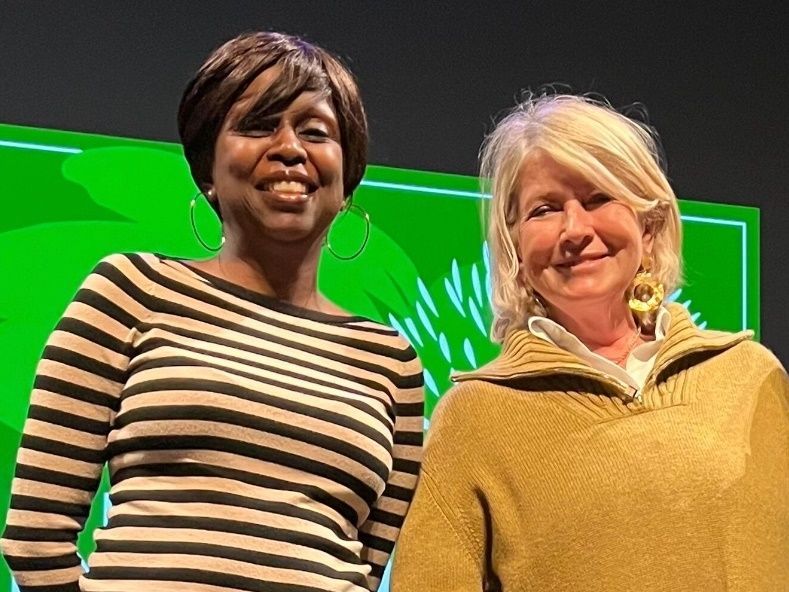

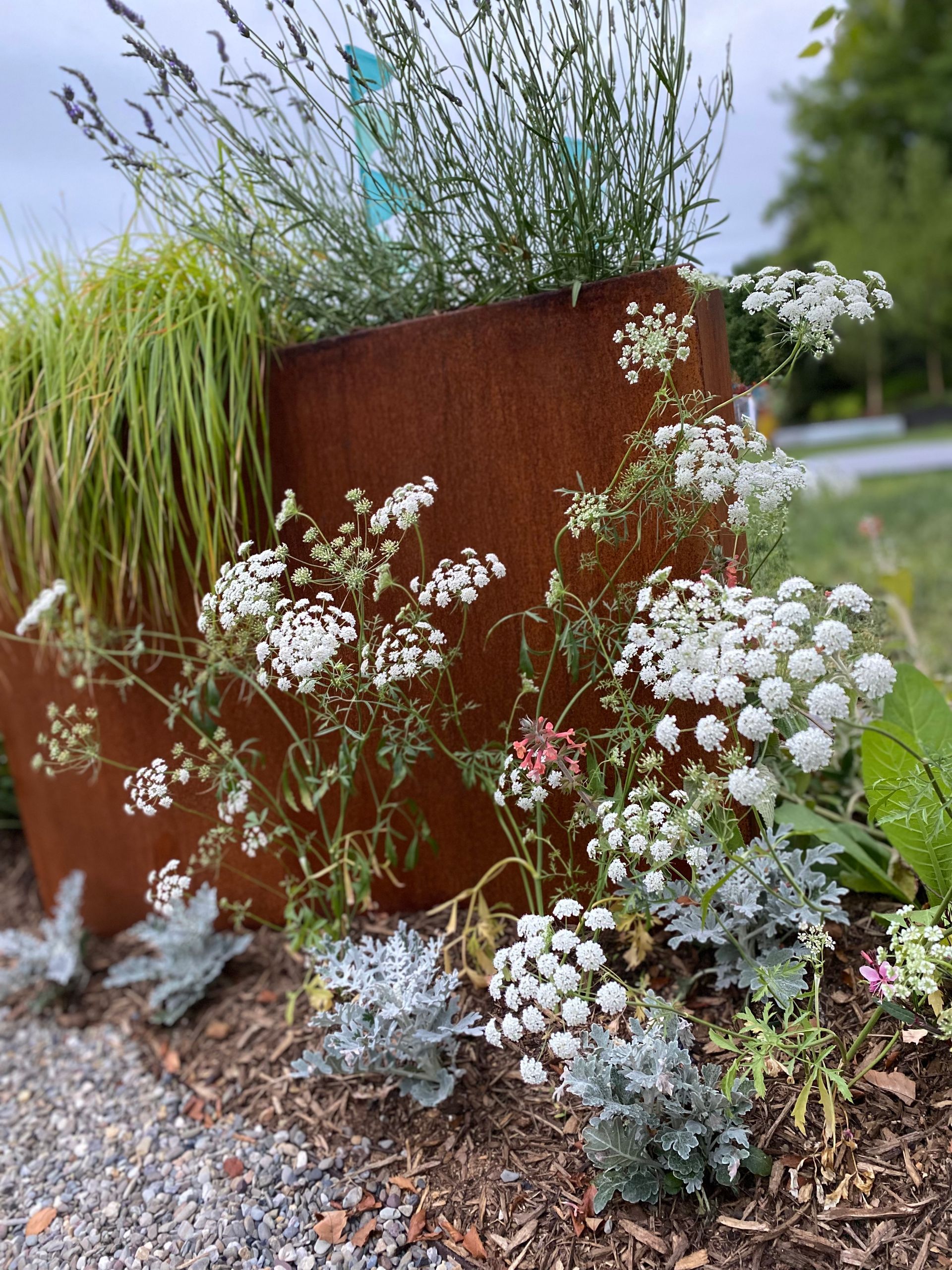
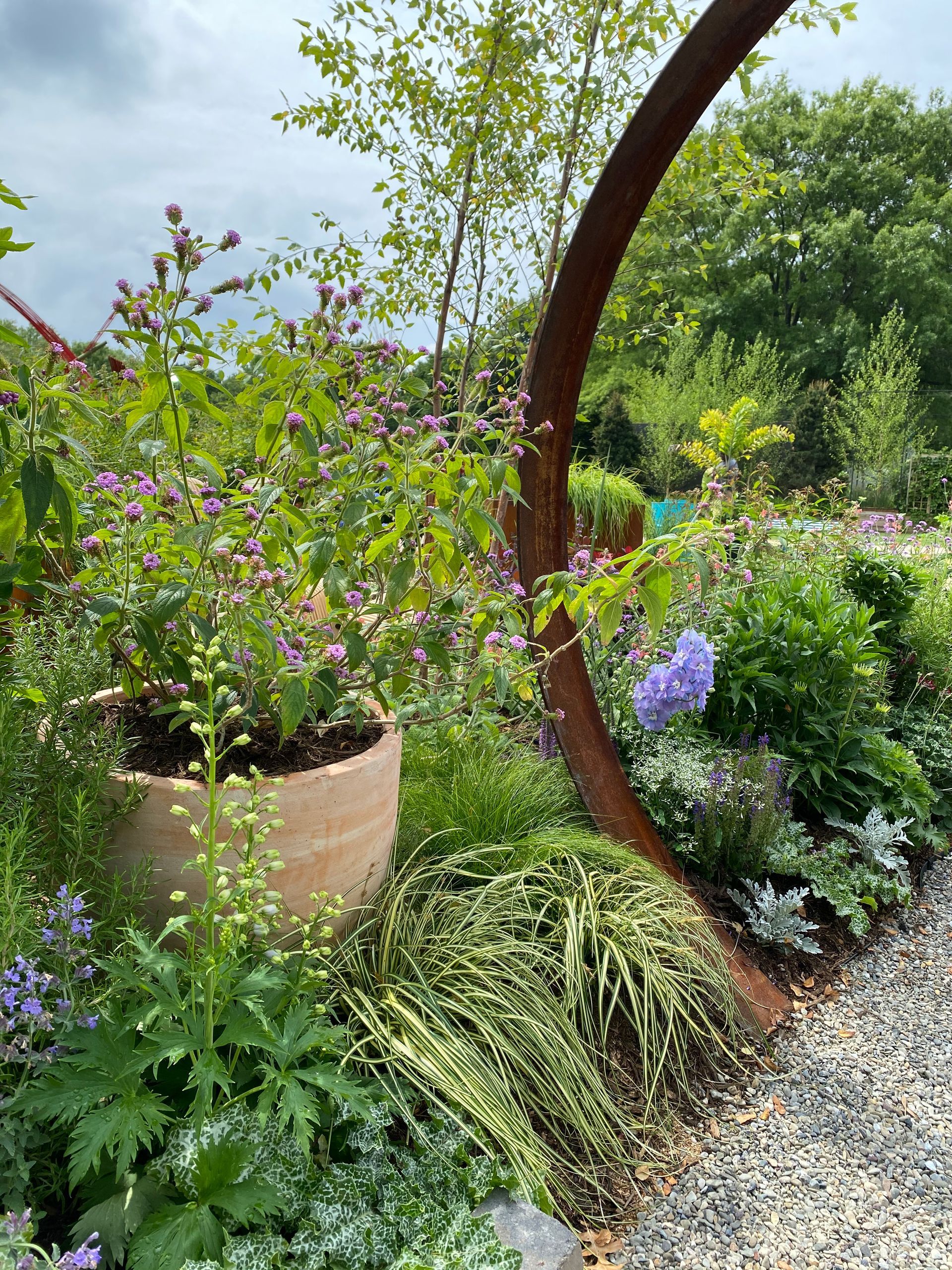
What role should native species play in one’s garden and why are they important?
Clearly, we need to plant species that provide food for pollinators, but more importantly, we need to think about what a balanced, natural ecosystem means today. The Earth evolved over millennia to create ecosystems that function for the benefit of all living creatures, and humanity has done a lot in a short time to create much disarray. These days, I’m of the belief that we may just have to let nature solve the problem. Sometimes I think that the overzealousness in some quarters to “fix” problems just ends up creating more. Leave nature to take over abandoned spaces; let her introduce the species (weeds) she feels need to grow there. Cities should ban the use of pesticides in parks and recreational areas and allow “forgotten plants” to grow because that is nature remedying the problems we’ve created. Like Voltaire said, we can cultivate our own little gardens and leave the wider word for nature to heal. I love Sophie Leguil’s work in the UK. Please read about what she does at morethanweeds.co.uk.

Though you work primarily in New York and Pennsylvania, you’ve traveled extensively throughout your life, beginning with your childhood as the daughter of a Kenyan diplomat. If you were to put together an itinerary of the best places where one could see exquisite gardens, what would be your top three and why?
I’ve seen so many gardens and always go back to those that are owned by true horticulturists and plant lovers, whether they are billionaires or Buddhist monks. You can always tell when a garden is grown by someone who loves plants as opposed to it just being installed. One of the most beautiful sites I’ve seen was a small array of rusty cans filled with tropical hydrangeas and rambling nasturtiums in a Buddhist monastery in Bhutan. So simple, yet so beautiful. I think a tour of my friend Ximena Nazal’s home garden in Chile is a must, and the many gardens she has worked on there. I love Ximena dearly and always learn from her. She is a wonderful gardener and landscape engineer. Chile’s gardening culture is amazing. I’m also curious about old gardens in Iran, Armenia and Turkey. Here in the United States, I’m still angling to see Anne Bass’ gardens in Kent, Connecticut. My friend and former schoolmate Emmanuel is the horticulture manager there, and I know he is continuing to keep the place as amazing as I’ve heard it is. Maybe one day he will convince the current owners to allow me in!
How would you distill your design philosophy?
Less is more. Soothing tones are healing. Design for humans, their pets and critter visitors. If it can grow without built-in irrigation, that’s even better.
What are you most excited to see or do during your visit to the island?
The buildings, museums and libraries. I’m a history buff and love learning. If I have down time, I’ll probably spend it learning about the island’s history.

